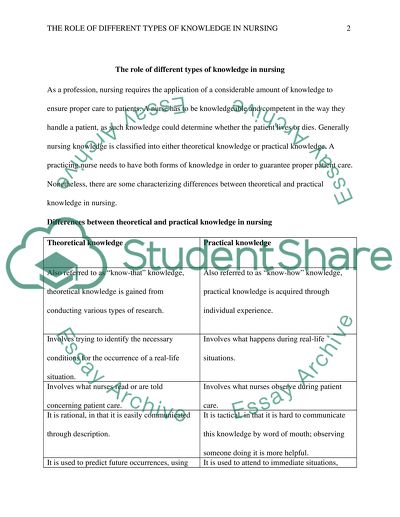Cite this document
(“The Development and Structure of Nursing Knowledge Paper Essay”, n.d.)
The Development and Structure of Nursing Knowledge Paper Essay. Retrieved from https://studentshare.org/nursing/1459867-the-development-and-structure-of-nursing-knowledge
The Development and Structure of Nursing Knowledge Paper Essay. Retrieved from https://studentshare.org/nursing/1459867-the-development-and-structure-of-nursing-knowledge
(The Development and Structure of Nursing Knowledge Paper Essay)
The Development and Structure of Nursing Knowledge Paper Essay. https://studentshare.org/nursing/1459867-the-development-and-structure-of-nursing-knowledge.
The Development and Structure of Nursing Knowledge Paper Essay. https://studentshare.org/nursing/1459867-the-development-and-structure-of-nursing-knowledge.
“The Development and Structure of Nursing Knowledge Paper Essay”, n.d. https://studentshare.org/nursing/1459867-the-development-and-structure-of-nursing-knowledge.


